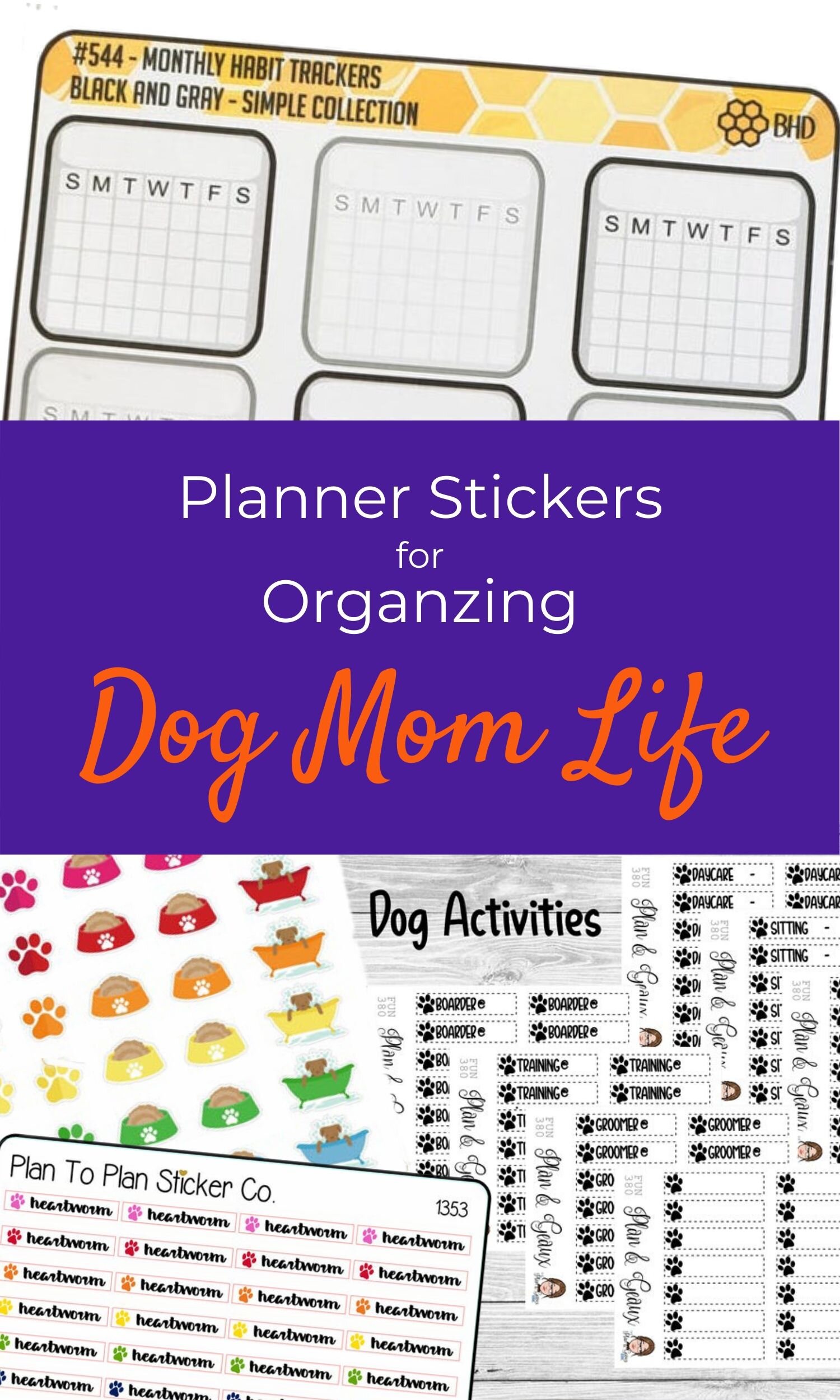Documentary Review: Through a Dog's Eyes
/On another Saturday documentary night, the pups and I found a tissue-worthy 56-minute PBS documentary called Through a Dog's Eyes on Amazon Prime.
If you can get past the Milk Bone sponsorship, this program narrated by Neil Patrick Harris follows several families from November 2009 as they go through the process of bonding with their service dog provided by Canine Assistants.
Watching the various service dog recipients meet, match, and train with their dogs was inspiring. One of the aspects of this documentary that I enjoyed was how the footage focused on different recipients at just the right time to capture that meaningful moment. The director also knew how much time to allot to various stories.
Jennifer Arnold founded Canine Assistants just outside of Atlanta, Georgia, in 1991 with her mother. As a teenager Jennifer was diagnosed with multiple sclerosis so she understands the fears, the needs, and the questions that the special needs recipients have.
One of my favorite scenes was watching the recipients meet the fully trained dogs. Jennifer told everyone not to have a dog in mind. She emphasized the importance of finding the right match. These recipients had to find the dog they could bond with, which meant the people were not the ones searching.
I rewound this scene where the dogs moved around, searched, and picked the person who they would unconditionally love.
Next up was the two-week training and partnership program.
Now the dogs already knew their stuff. Most of the dogs were bred and raised at Canine Assistants. Training started early with socialization at seven weeks of age. Over 18 months of training, the dogs learned 90 commands, which breaks down to an average of five commands learned each month. I find that achievement equally impressive and intimidating.
Sometimes the recipients had a hard time working with their dogs. Although the dog knew the commands, the person had to learn the correct words and signals to communicate effectively with their service dog. Dogs require minimal movement cues. They can detect less than a millimeter of movement, which helped clarify for me why dogs would be the perfect partnership for people with physical disabilities limiting their movement.
After a week of training, the recipients and their dogs spend a night together in a nearby hotel. Not only does this night together help break the dog's bond to Canine Assistants, it further strengthens the bond with their person.
As a perfect example of how this one activity worked as designed, one of the dogs did not sleep well with their person. The dog kept pacing the entire night. Since this partnership didn't pass the overnight test, the dog was switched out.
During the second week, the dogs and their people entered the real world to practice their skills. At graduation, Jennifer asked the recipients to be sure to send pictures.
The last section of the documentary featured videos of the people at home with their dogs. One man was more active since receiving his service dog. Another dog successfully alerted her person to an impending seizure. The mother of twin boys with cerebral palsy felt like she had received two more children. Even though she was scared she wouldn't do the right thing for her fur children, Oakley and Nadia seemed like happy pups helping those twin boys.
Jennifer sums up the impact of her organization beautifully by observing that what dogs can do to help people physically is small compared to the social and mental benefits from the trust developed. She believes so completely in the value of this trust that she's written three books on the topic.
“Throughout this book, I will be making assertions about dogs with which a few scientists may disagree. For example, some scientists do not yet feel there is a conclusive evidence that dogs have thoughts or emotions. While it may be difficult to prove such a thing scientifically, to those who live with dogs, these assertions are a given. This book is directed toward those of us who love dogs and is not intended to be fuel for scientific debate, so I am going to subscribe to a theory best summed up by an old Southernism: ‘If it waddles like a duck and quacks like a duck, it probably ain’t a pigeon.’”































